Home>Technology>Home Entertainment Systems>How Does Windows 8.1 Transmit Display Signals To A Network Projector
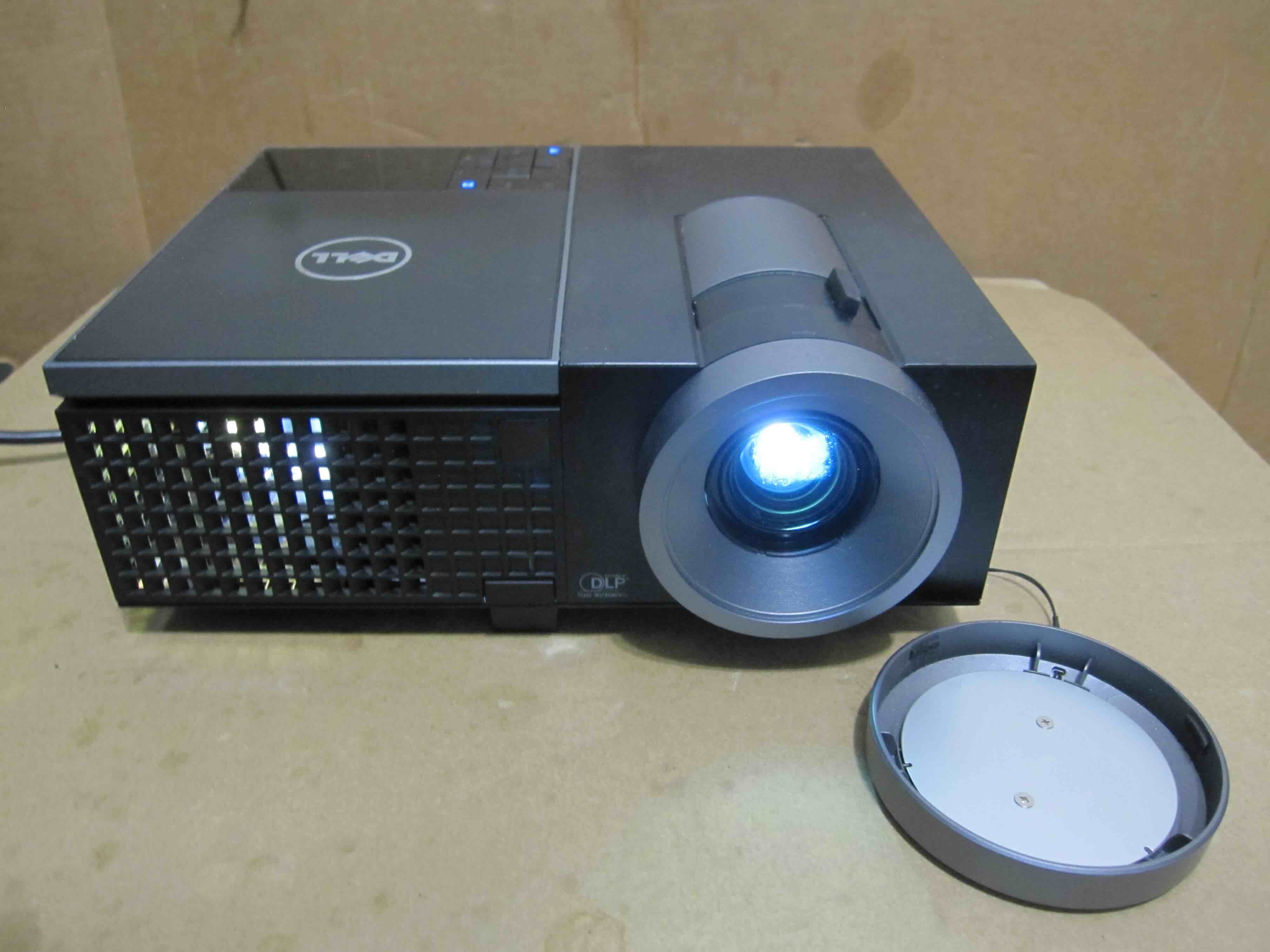

Home Entertainment Systems
How Does Windows 8.1 Transmit Display Signals To A Network Projector
Modified: January 4, 2024
Learn how Windows 8.1 transmits display signals to a network projector for your home entertainment system. Find out the best setup and troubleshooting tips.
(Many of the links in this article redirect to a specific reviewed product. Your purchase of these products through affiliate links helps to generate commission for Storables.com, at no extra cost. Learn more)
Introduction
Are you looking to amplify your home entertainment experience by seamlessly transmitting display signals to a network projector using Windows 8.1? Look no further, as this comprehensive guide is designed to demystify the intricacies of setting up and transmitting display signals to a network projector from your Windows 8.1 device. Whether you're hosting a movie night with friends or delivering a captivating presentation, understanding the nuances of display projection in Windows 8.1 is crucial for a seamless and immersive experience.
In this article, we will delve into the fundamental principles of Windows 8.1 display projection, guiding you through the process of setting up a network projector and effectively transmitting display signals. Additionally, we'll explore troubleshooting techniques to address any potential display signal transmission issues, ensuring that you can overcome common challenges with ease.
By the end of this guide, you'll have a comprehensive understanding of how Windows 8.1 transmits display signals to a network projector, empowering you to elevate your home entertainment setup or professional presentations to new heights. So, let's embark on this enlightening journey into the realm of display projection with Windows 8.1!
Key Takeaways:
- Windows 8.1 makes it easy to connect to a network projector for an enhanced entertainment or presentation experience. Its wireless display projection and intuitive settings provide seamless setup and customization options.
- Troubleshooting tips for Windows 8.1 display projection help address potential issues, ensuring a smooth and uninterrupted viewing or presentation experience with a network projector.
Read more: How To Add A Network Printer On Windows XP
Understanding Windows 8.1 Display Projection
Before delving into the practical aspects of setting up and transmitting display signals to a network projector, it’s essential to grasp the underlying principles of display projection in Windows 8.1. Windows 8.1 offers a versatile array of features that facilitate seamless display projection, catering to both entertainment and professional needs.
One of the hallmark features of Windows 8.1 is its robust support for wireless display projection, allowing users to effortlessly mirror or extend their screen to compatible devices such as network projectors. This capability is particularly advantageous in home entertainment scenarios, enabling users to enjoy high-definition content on a larger canvas without the constraints of physical cables.
Moreover, Windows 8.1 incorporates intuitive display projection settings that can be customized to suit specific preferences. Whether you prefer duplicating your screen for a mirrored display or extending it to leverage additional screen real estate, Windows 8.1 provides a user-friendly interface to configure these options seamlessly.
Furthermore, Windows 8.1 embraces the concept of plug-and-play functionality, simplifying the process of connecting to network projectors. With built-in support for industry-standard protocols, Windows 8.1 seamlessly identifies and interfaces with network projectors, streamlining the setup process for users.
Another noteworthy aspect of Windows 8.1 display projection is its compatibility with a diverse range of display resolutions, ensuring that users can enjoy optimal visual fidelity when transmitting signals to network projectors. Whether you’re streaming multimedia content or delivering a visually-rich presentation, Windows 8.1 empowers users to leverage the full potential of their network projectors without compromising on image quality.
By comprehending the intricacies of Windows 8.1 display projection, users can harness the full potential of their devices, whether for entertainment, professional presentations, or collaborative work environments. With a solid grasp of these foundational concepts, you’re well-equipped to embark on the journey of setting up and utilizing a network projector with Windows 8.1.
Setting up a Network Projector in Windows 8.1
Setting up a network projector in Windows 8.1 is a streamlined process that empowers users to extend their display to a larger canvas, enhancing the overall viewing experience. Whether you’re preparing for a movie night or gearing up for a professional presentation, the following steps will guide you through the seamless setup of a network projector in Windows 8.1.
1. Network Discovery: To begin, ensure that the network projector is powered on and connected to the same network as your Windows 8.1 device. Windows 8.1 features robust network discovery capabilities, automatically identifying compatible network projectors within the network environment.
2. Accessing Projector Settings: Navigate to the “Settings” menu on your Windows 8.1 device and select “Change PC settings.” From there, choose “PC and devices,” followed by “Devices” and then “Add a device.” Windows 8.1 will initiate a search for available devices, including network projectors, within the network infrastructure.
3. Connecting to the Network Projector: Once the network projector is detected, select it from the list of available devices to initiate the connection process. Windows 8.1 will establish a seamless connection to the network projector, paving the way for the transmission of display signals.
4. Configuring Display Settings: After successfully connecting to the network projector, access the display settings on your Windows 8.1 device to customize the projection mode according to your preferences. Whether you opt for screen mirroring or extended display, Windows 8.1 offers intuitive options to tailor the projection setup to your specific requirements.
5. Verifying Connection Stability: Once the display settings are configured, verify the stability of the connection to the network projector by navigating through different applications and content types. This step ensures that the display signals are transmitted seamlessly, without any disruptions or latency issues.
By following these straightforward steps, users can effortlessly set up a network projector in Windows 8.1, unlocking a world of possibilities for immersive entertainment experiences and impactful presentations. With the network projector seamlessly integrated into the Windows 8.1 environment, users can harness the full potential of their display projection capabilities with unparalleled convenience.
Make sure your network projector is compatible with Windows 8.1. Connect to the same network as the projector and use the “Project” feature to wirelessly transmit your display.
Transmitting Display Signals to a Network Projector
Once the network projector is successfully set up and connected to your Windows 8.1 device, the process of transmitting display signals becomes the pivotal step in enjoying an enriched viewing experience or delivering compelling presentations. Windows 8.1 offers a user-friendly approach to transmitting display signals to a network projector, empowering users to seamlessly showcase content on a larger display. Here’s a comprehensive guide to effectively transmitting display signals to a network projector from your Windows 8.1 device.
1. Selecting the Projection Mode: Access the display settings on your Windows 8.1 device to choose the desired projection mode. Whether you intend to mirror your screen for a consistent display or extend it to leverage additional screen real estate, Windows 8.1 provides intuitive options to accommodate diverse usage scenarios.
2. Initiating the Projection: Once the projection mode is selected, proceed to initiate the projection to the network projector. This can be achieved through the “Project” feature in Windows 8.1, which offers seamless control over the display projection process. Users can opt to duplicate, extend, or solely project their screen onto the network projector, depending on their specific requirements.
3. Optimizing Display Settings: Prior to transmitting content to the network projector, it’s advisable to optimize the display settings on your Windows 8.1 device to ensure compatibility and visual fidelity. Adjusting the screen resolution and display orientation can further enhance the viewing experience when transmitting display signals to the network projector.
4. Showcasing Content: With the projection initiated, users can seamlessly showcase a myriad of content, including multimedia presentations, videos, images, and more, on the network projector. Windows 8.1 facilitates the seamless transmission of display signals, ensuring that the content is displayed with clarity and precision on the larger canvas provided by the network projector.
5. Dynamic Content Switching: Windows 8.1 empowers users to dynamically switch between different content sources while transmitting display signals to the network projector. Whether you’re transitioning between presentation slides or navigating through multimedia content, Windows 8.1 ensures a fluid and uninterrupted display projection experience.
By following these steps, users can leverage the inherent capabilities of Windows 8.1 to seamlessly transmit display signals to a network projector, unlocking a world of possibilities for immersive entertainment and impactful presentations. With its intuitive interface and robust display projection features, Windows 8.1 enriches the viewing experience by seamlessly extending the display to a network projector.
Troubleshooting Display Signal Transmission Issues
While Windows 8.1 offers a seamless platform for transmitting display signals to a network projector, occasional technical hiccups may arise, impacting the transmission process. Understanding common troubleshooting techniques is essential for swiftly addressing display signal transmission issues and ensuring a smooth and uninterrupted viewing or presentation experience. Here’s a comprehensive overview of troubleshooting strategies to overcome potential display signal transmission issues in Windows 8.1.
1. Network Connectivity: Verify the stability of the network connection between your Windows 8.1 device and the network projector. Unstable or intermittent network connectivity can hinder the transmission of display signals. Ensure that both devices are connected to the same network and troubleshoot any network-related issues that may impede the transmission process.
2. Firmware and Driver Updates: Check for firmware updates for the network projector and ensure that the drivers on your Windows 8.1 device are up to date. Outdated firmware or drivers can lead to compatibility issues, potentially disrupting the display signal transmission. By keeping the firmware and drivers updated, users can mitigate potential compatibility challenges.
3. Signal Interference: Assess the physical environment for potential sources of signal interference that may impact the transmission of display signals. Electronic devices, wireless routers, and other signal-emitting equipment can introduce interference, leading to disruptions in the display projection. Positioning the network projector and minimizing signal interference sources can enhance the stability of the transmission process.
4. Display Settings Alignment: Review the display settings on your Windows 8.1 device to ensure that they align with the specifications supported by the network projector. Mismatched display settings, such as incompatible resolutions or refresh rates, can impede the seamless transmission of display signals. Aligning the display settings with the network projector’s capabilities is crucial for optimal compatibility.
5. Software Configuration: Double-check the software configuration on your Windows 8.1 device, including display projection settings and network connectivity parameters. Inconsistent or misconfigured software settings can lead to display signal transmission issues. Verifying the software configuration ensures that the transmission process is aligned with the intended setup.
6. Reboot and Reset: In the event of persistent transmission issues, consider rebooting both the Windows 8.1 device and the network projector. Additionally, resetting the network connections and reinitiating the display projection process can resolve transient issues that may be affecting the transmission of display signals.
By leveraging these troubleshooting strategies, users can effectively address display signal transmission issues in Windows 8.1, ensuring a seamless and uninterrupted viewing or presentation experience when utilizing a network projector. With a proactive approach to troubleshooting, users can overcome technical challenges and harness the full potential of Windows 8.1’s display projection capabilities.
Read more: What Does Type 1 Ladder Mean
Conclusion
Congratulations! You’ve embarked on an enlightening journey into the realm of display projection with Windows 8.1, gaining valuable insights into the intricacies of setting up, transmitting display signals, and troubleshooting potential issues when utilizing a network projector. As you conclude this comprehensive guide, it’s essential to reflect on the transformative potential that Windows 8.1 offers for elevating your home entertainment experiences and professional presentations.
By understanding the foundational principles of Windows 8.1 display projection, you’ve unlocked a world of possibilities for seamlessly extending your display to a network projector. The robust support for wireless display projection, intuitive configuration options, and plug-and-play functionality inherent in Windows 8.1 empower users to embrace a new dimension of visual immersion and collaborative engagement.
Setting up a network projector in Windows 8.1 is a streamlined process, offering unparalleled convenience and flexibility. Whether you’re hosting a movie night with friends or delivering a captivating presentation, the seamless integration of a network projector into the Windows 8.1 environment enriches the viewing experience and amplifies the impact of your content.
Transmitting display signals to a network projector becomes a seamless endeavor with Windows 8.1’s user-friendly interface and intuitive control over the projection process. Whether you’re showcasing multimedia content, delivering dynamic presentations, or engaging in collaborative work environments, Windows 8.1 empowers you to extend your display with clarity and precision.
Moreover, the ability to troubleshoot display signal transmission issues equips you with the confidence to address potential technical challenges swiftly and effectively. By leveraging troubleshooting strategies and proactive measures, you can ensure a smooth and uninterrupted viewing or presentation experience when utilizing a network projector with Windows 8.1.
As you conclude this journey, you’re now equipped with the knowledge and insights to harness the full potential of Windows 8.1 display projection capabilities, elevating your home entertainment setup and professional presentations to new heights. With its seamless integration, robust features, and troubleshooting prowess, Windows 8.1 stands as a versatile platform for extending your display to a network projector with unparalleled convenience and visual impact.
Frequently Asked Questions about How Does Windows 8.1 Transmit Display Signals To A Network Projector
Was this page helpful?
At Storables.com, we guarantee accurate and reliable information. Our content, validated by Expert Board Contributors, is crafted following stringent Editorial Policies. We're committed to providing you with well-researched, expert-backed insights for all your informational needs.

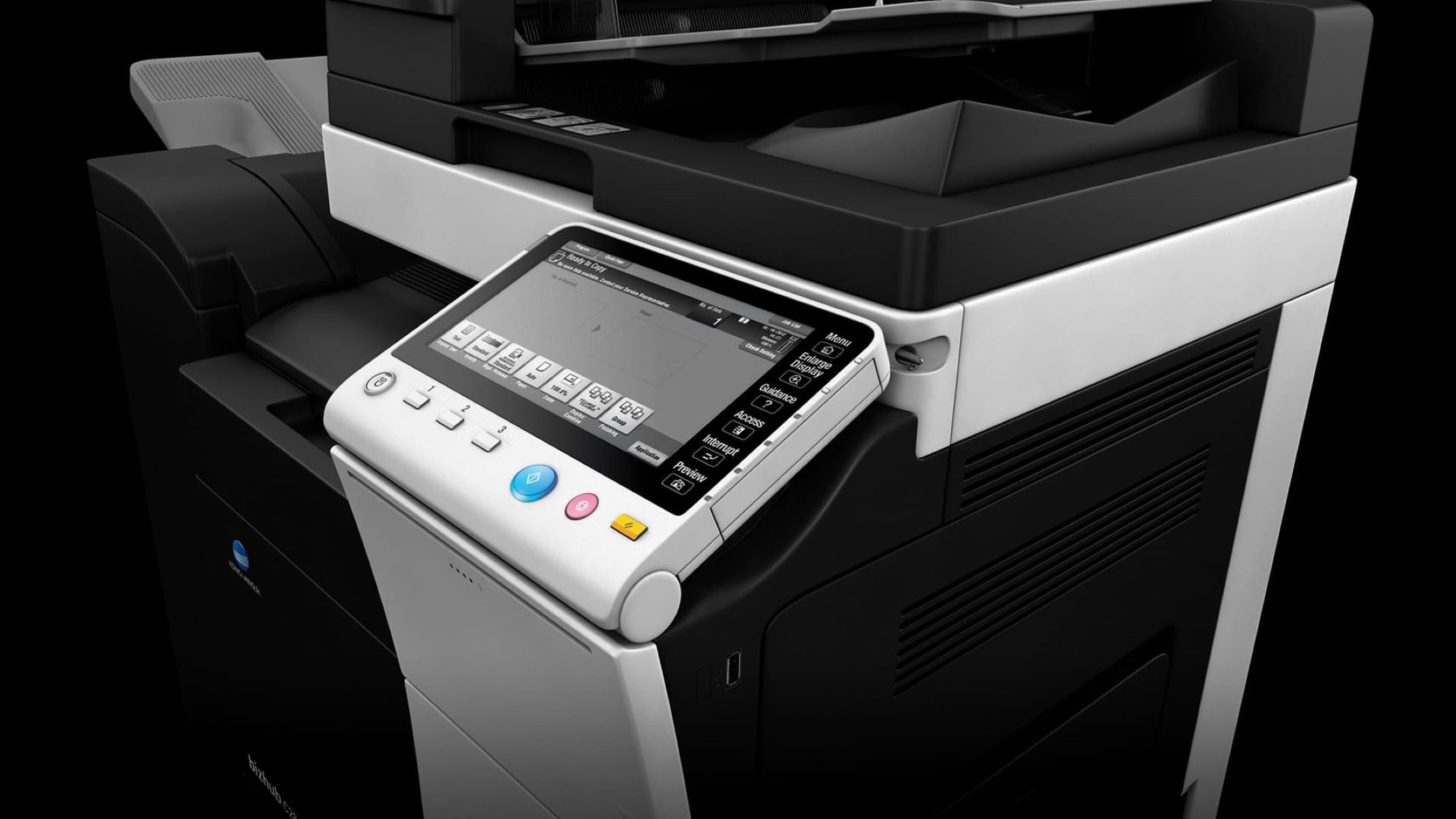
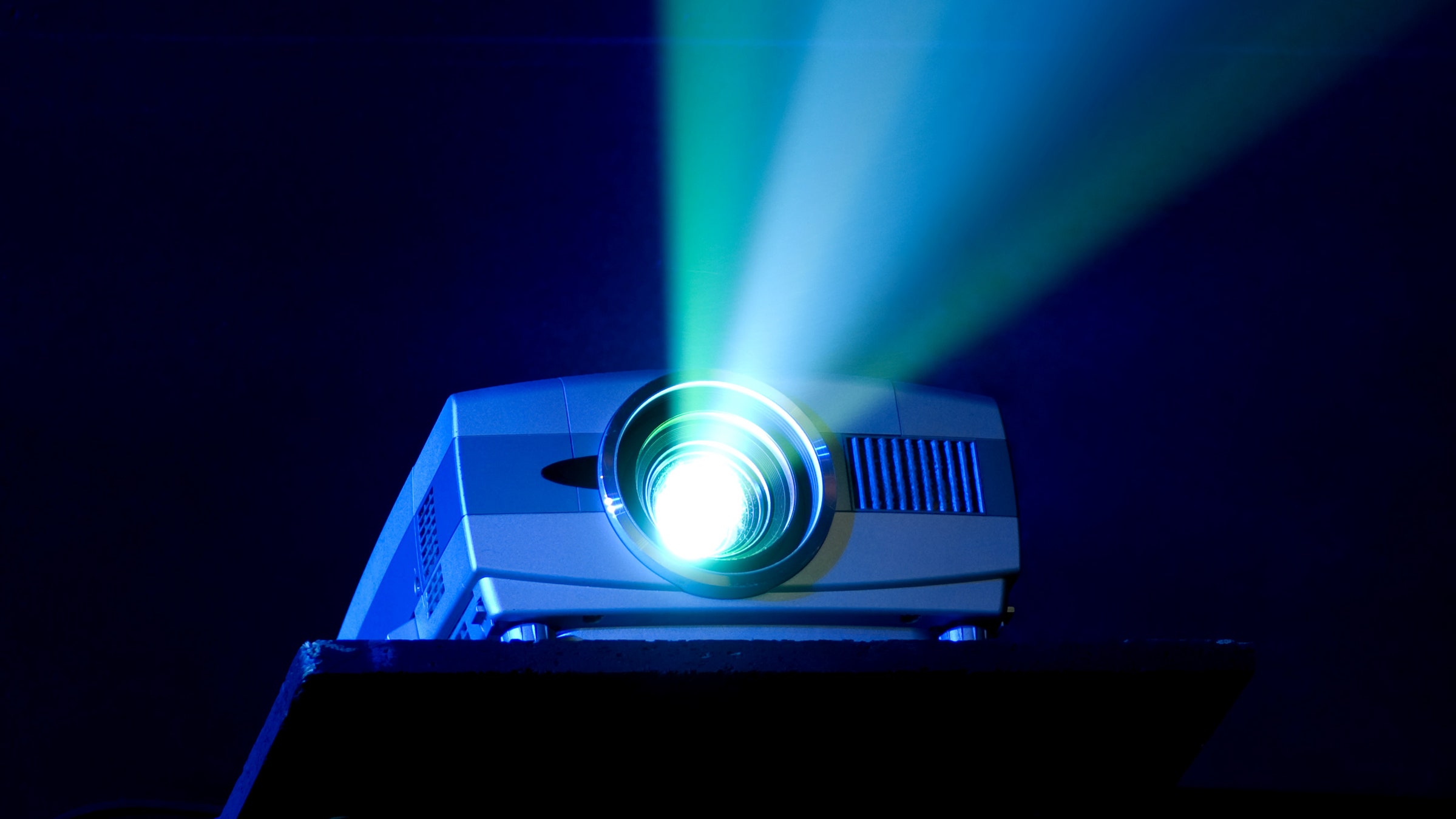

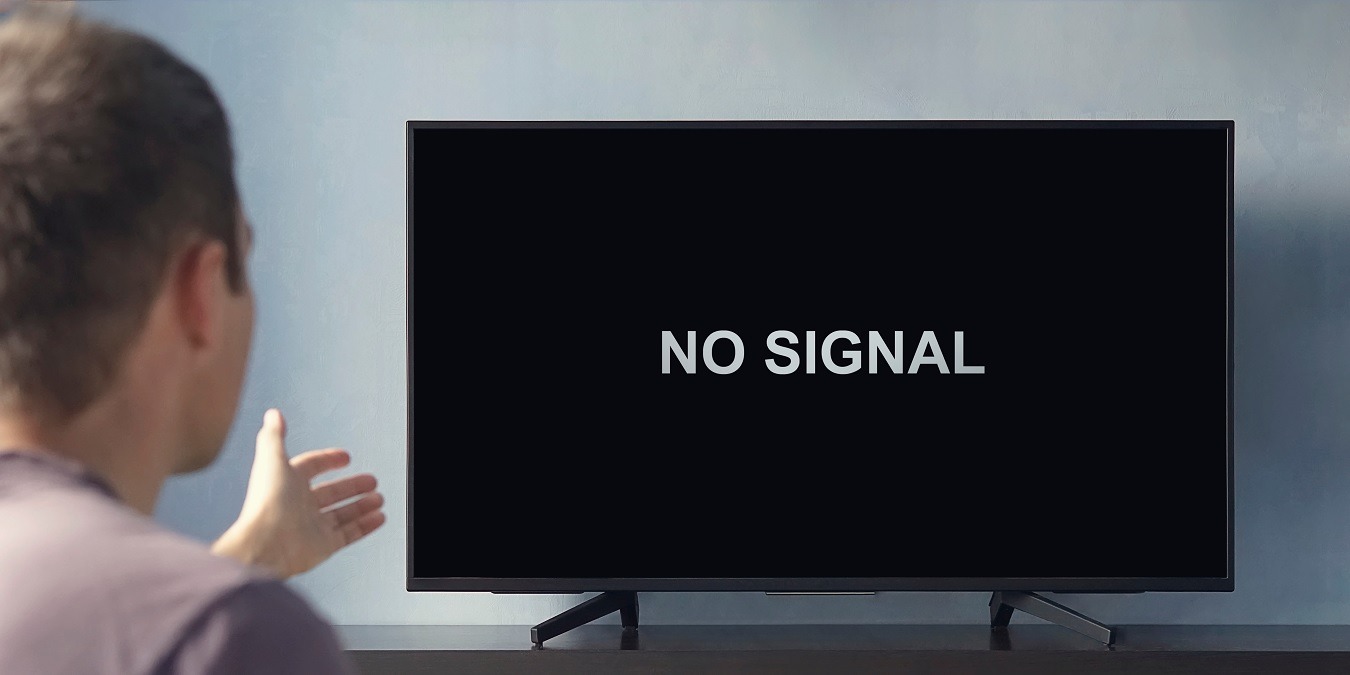
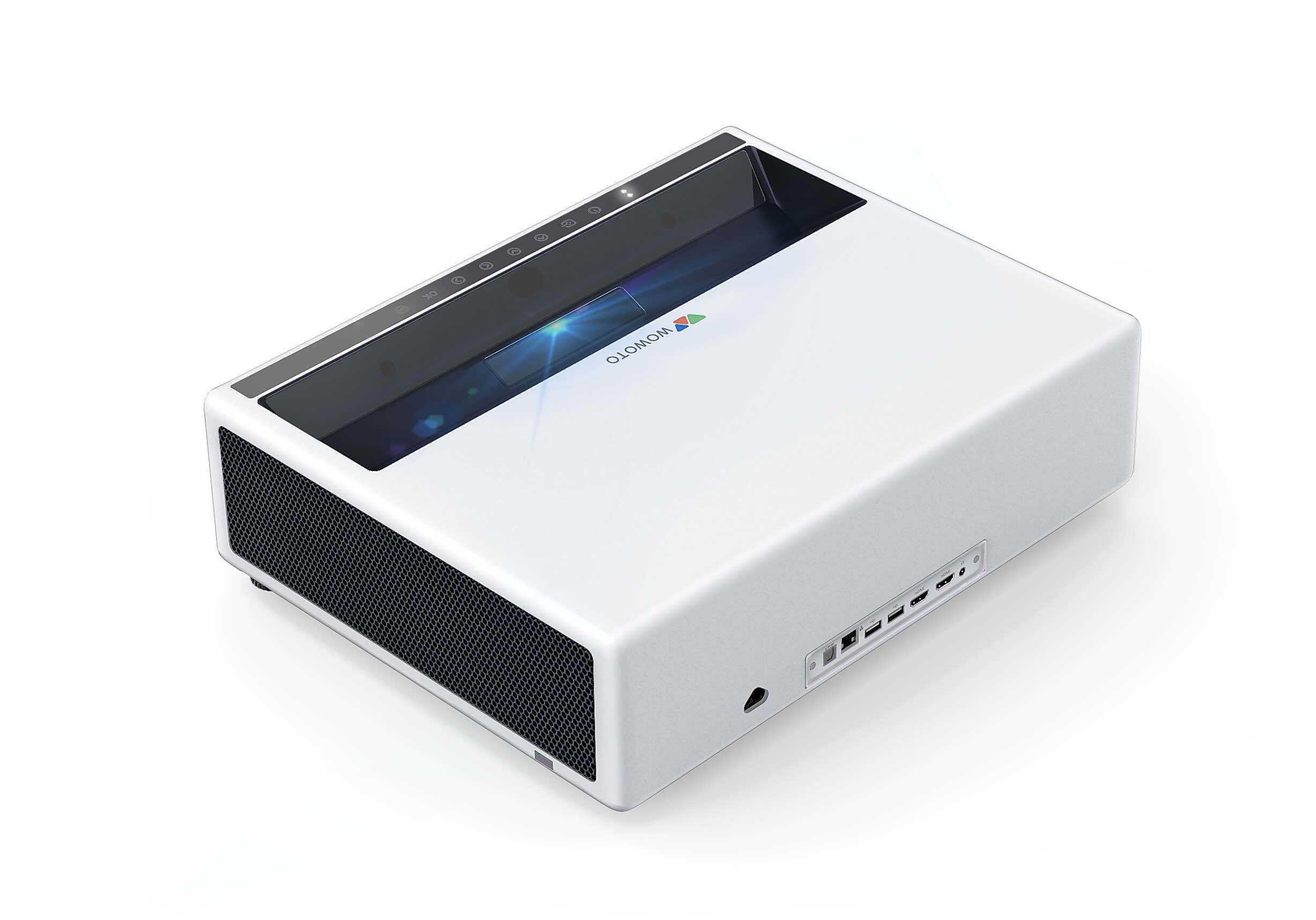
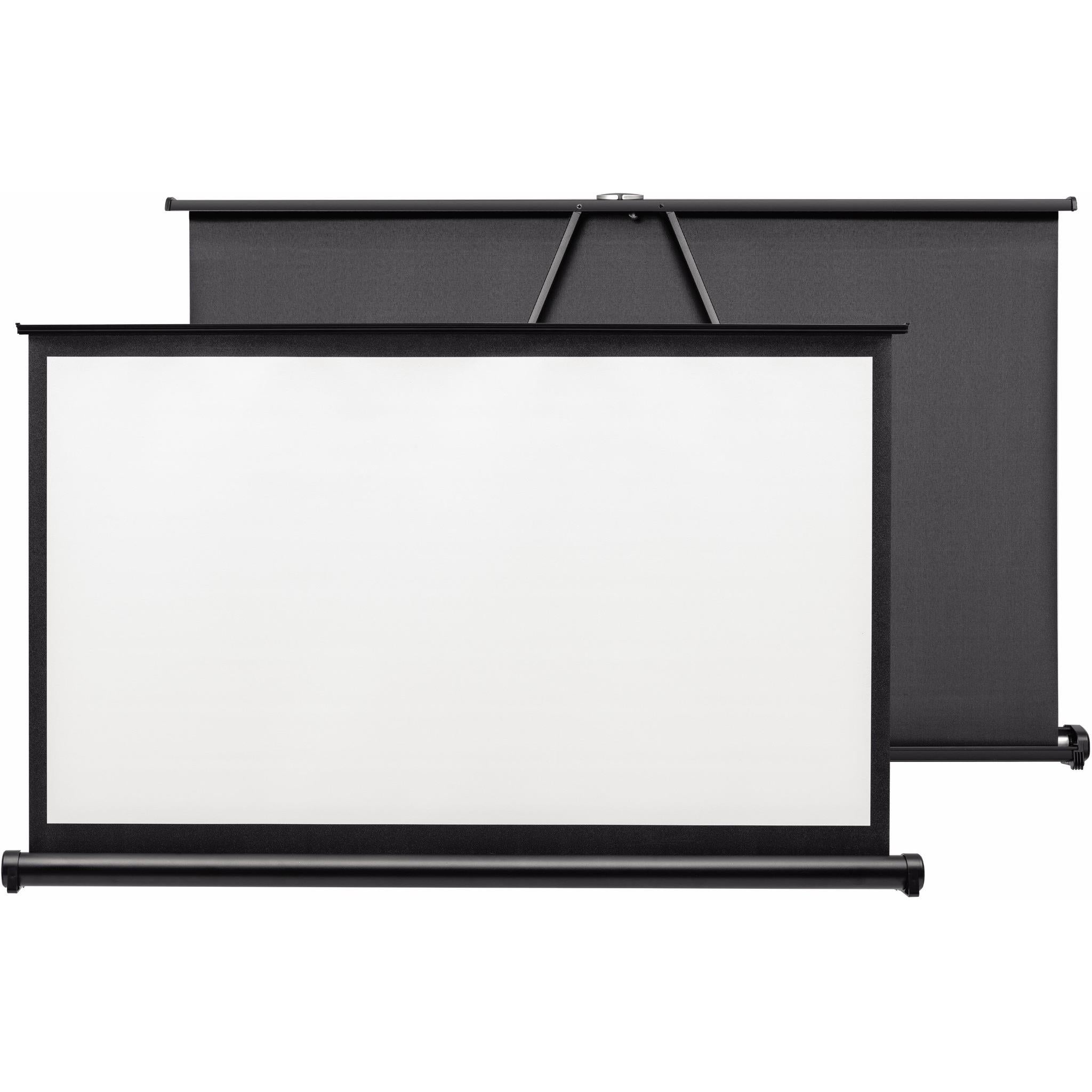
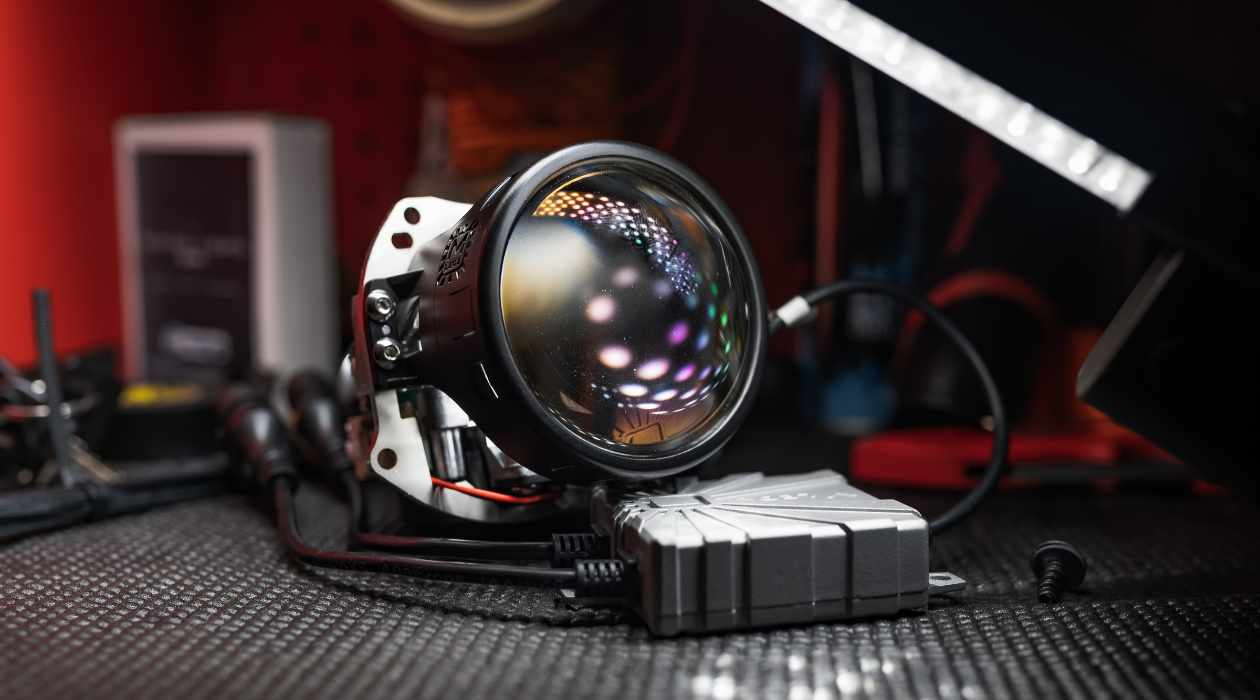
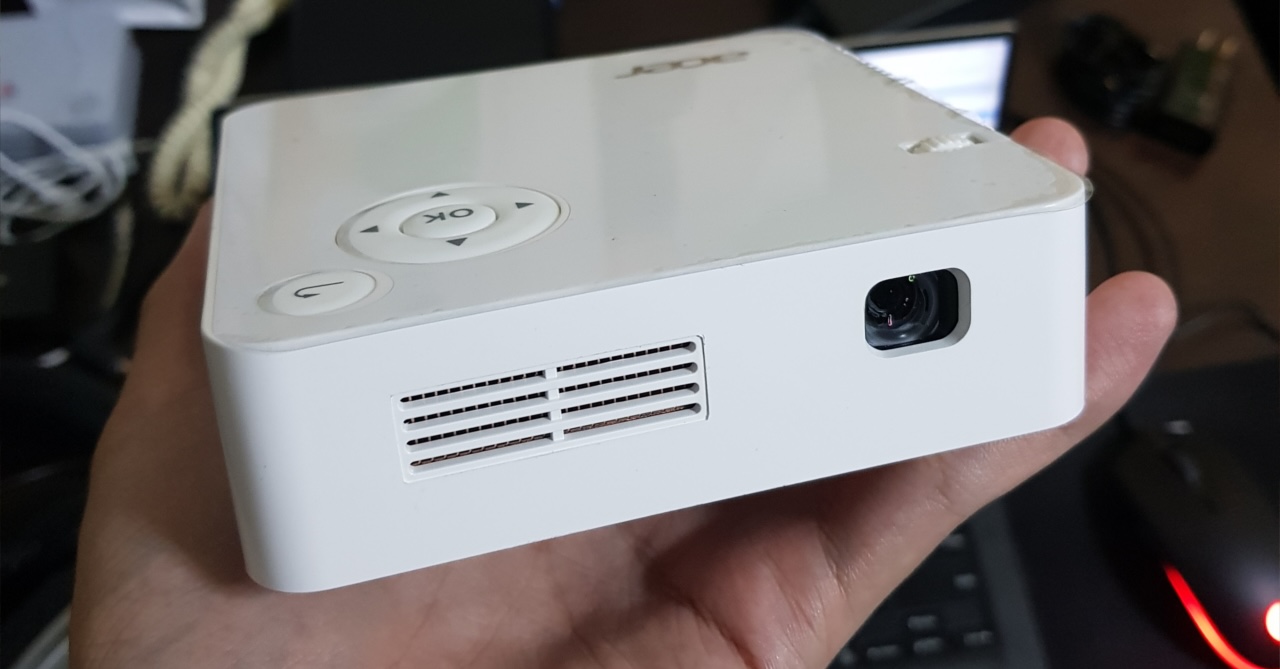
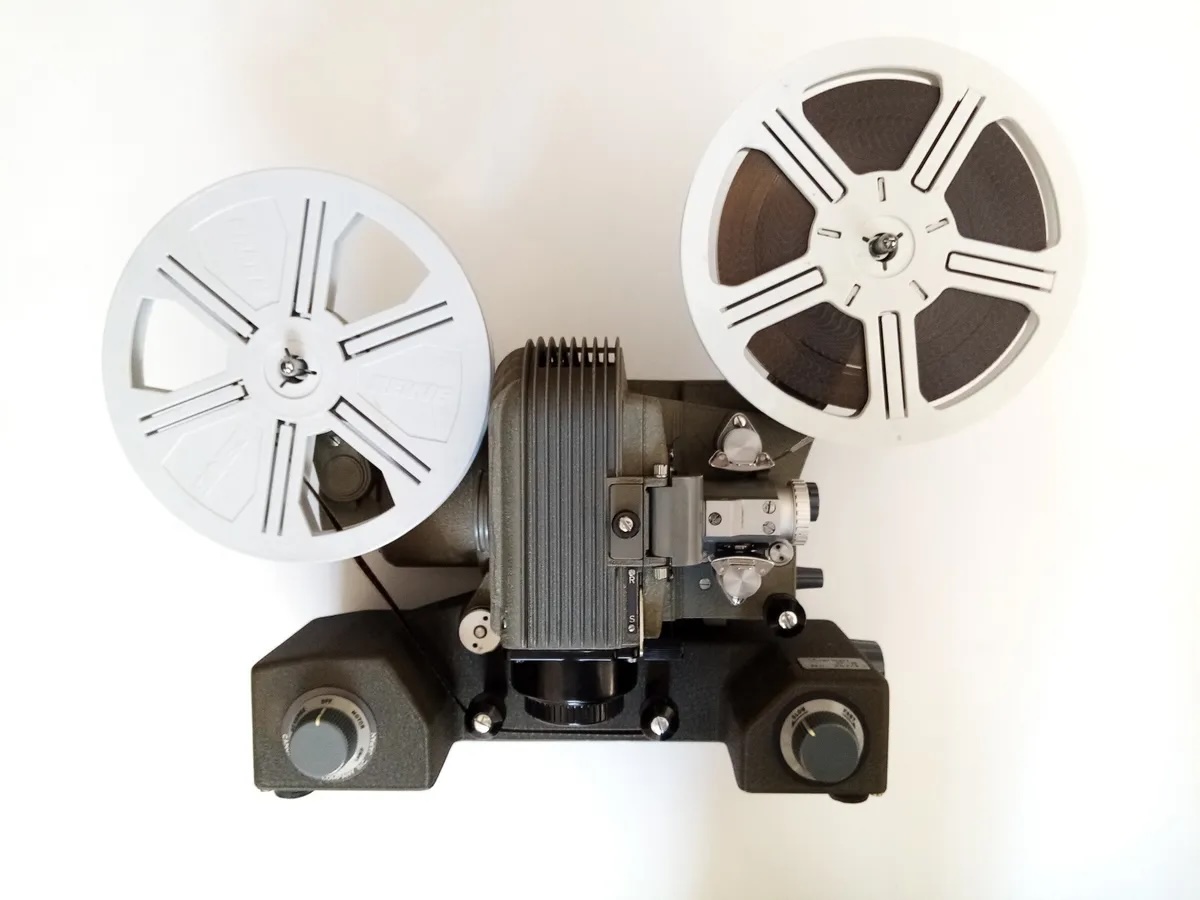
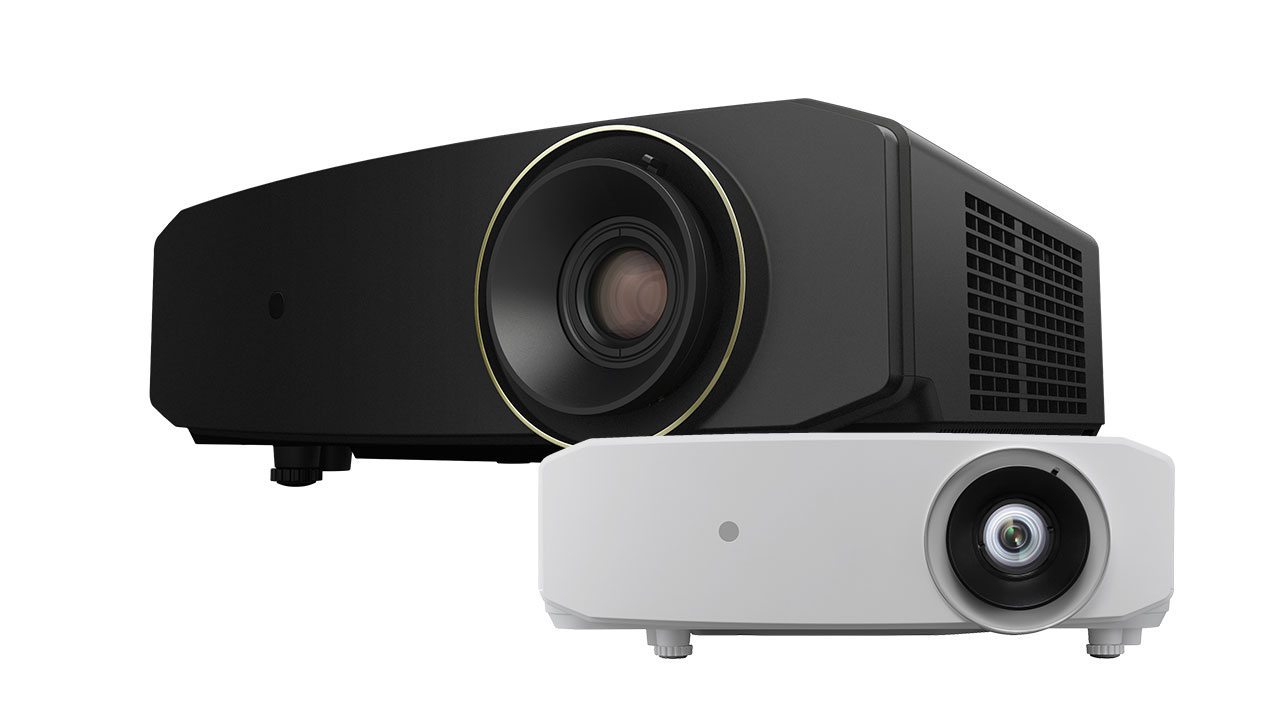

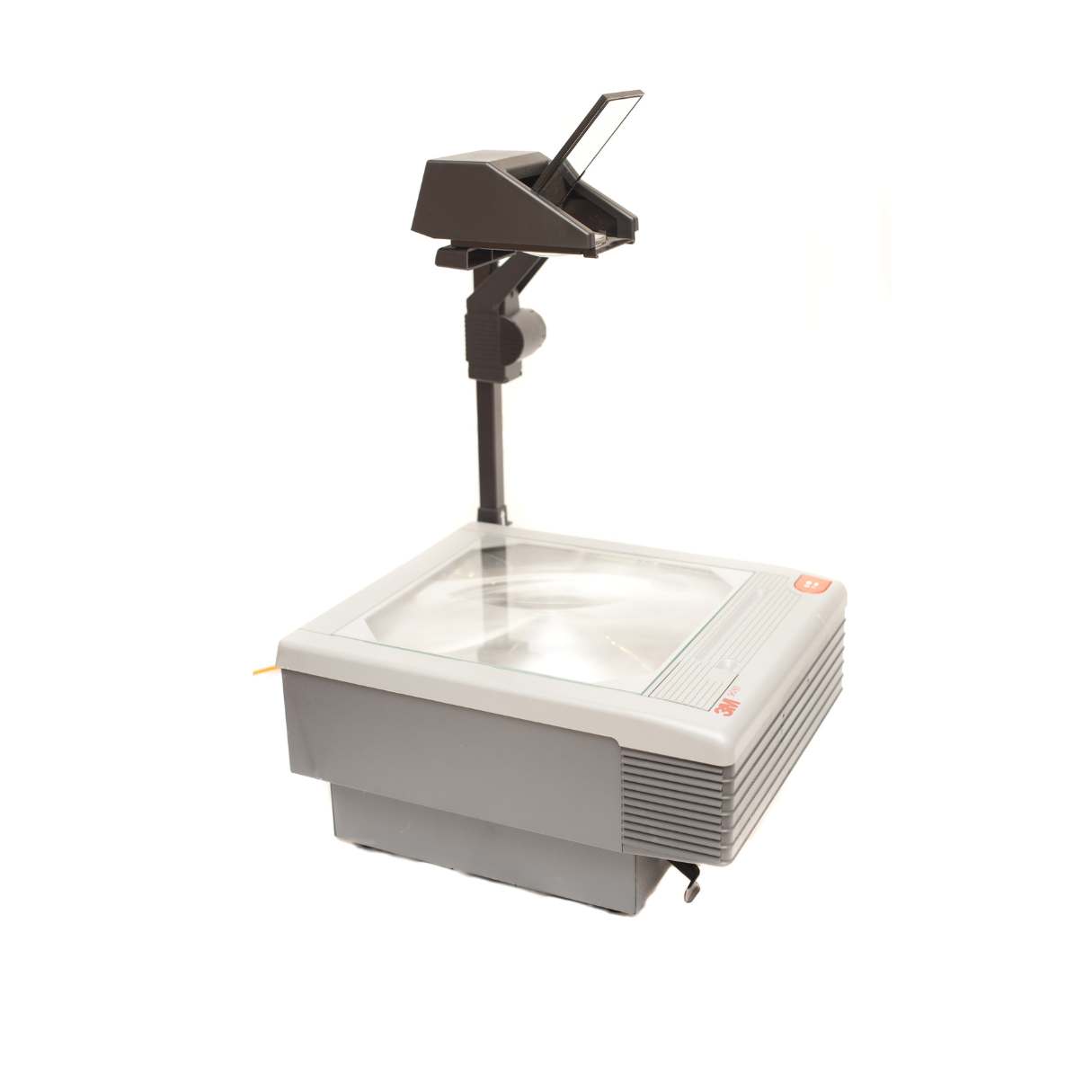


0 thoughts on “How Does Windows 8.1 Transmit Display Signals To A Network Projector”